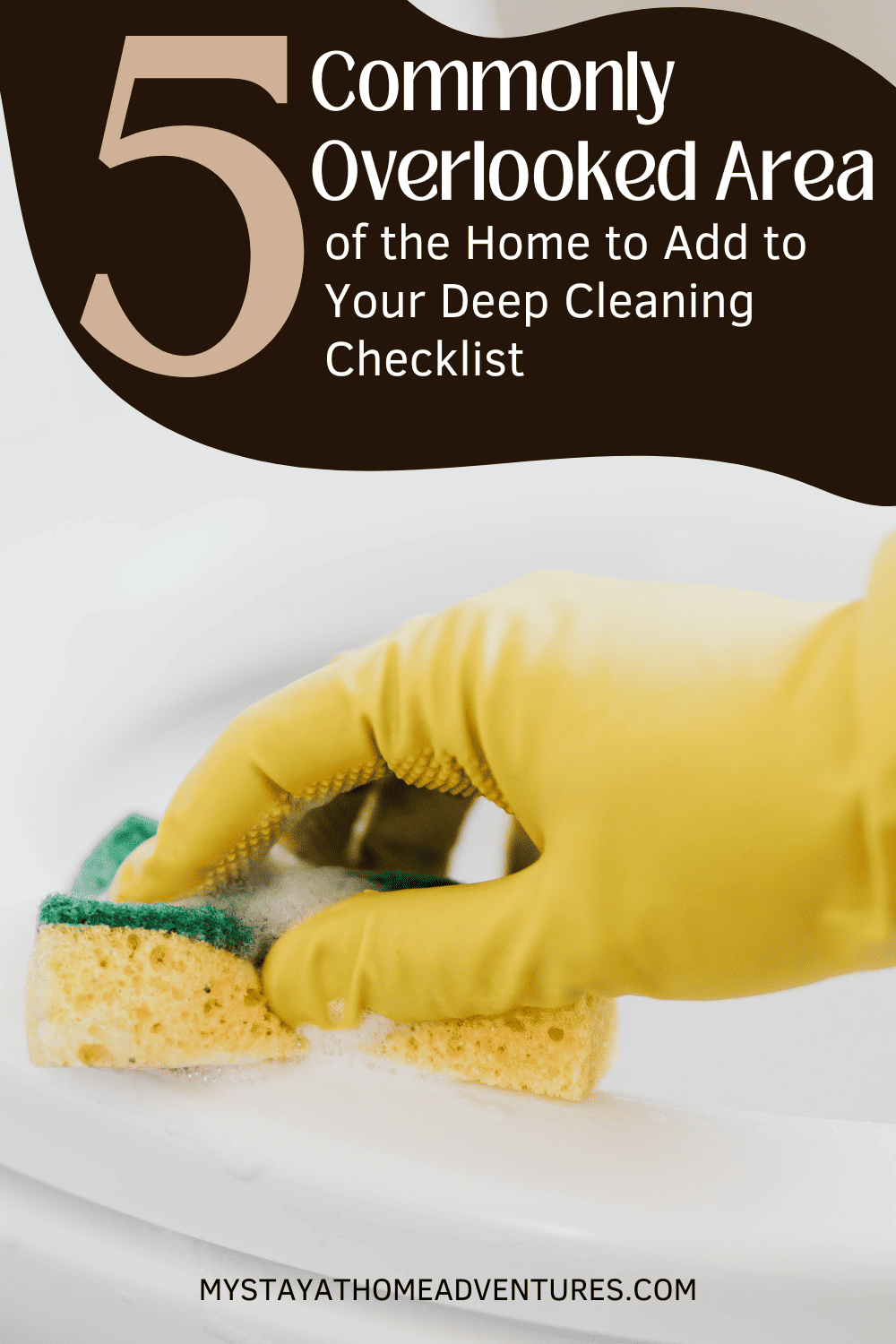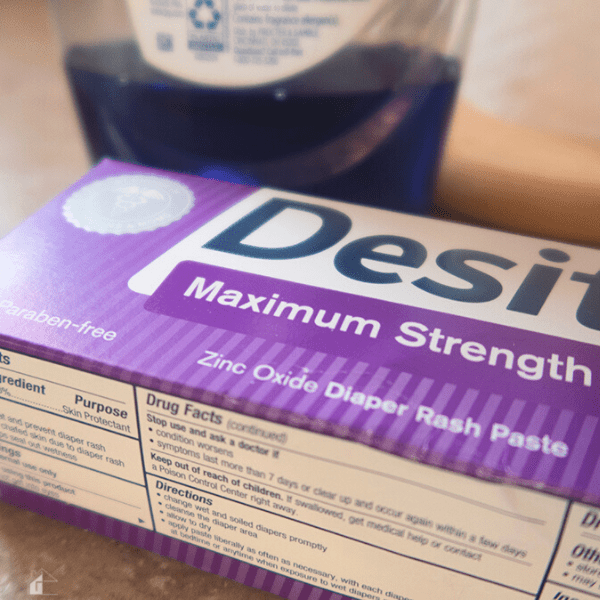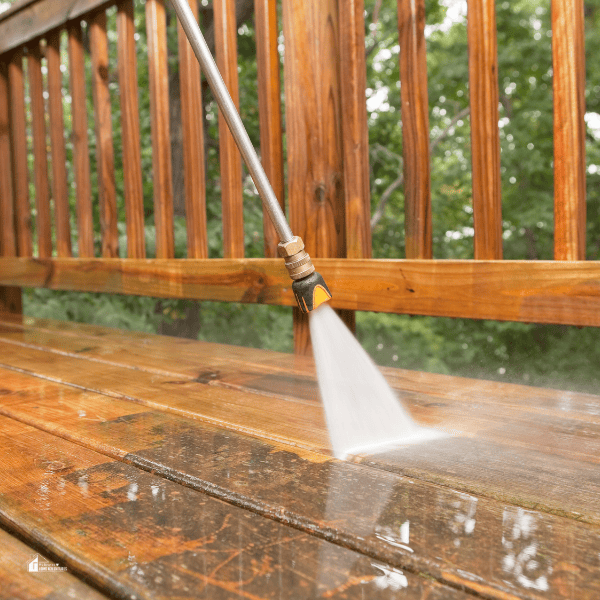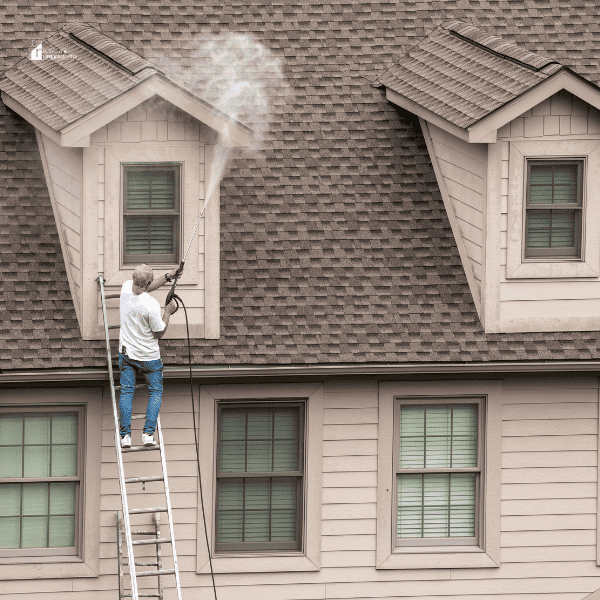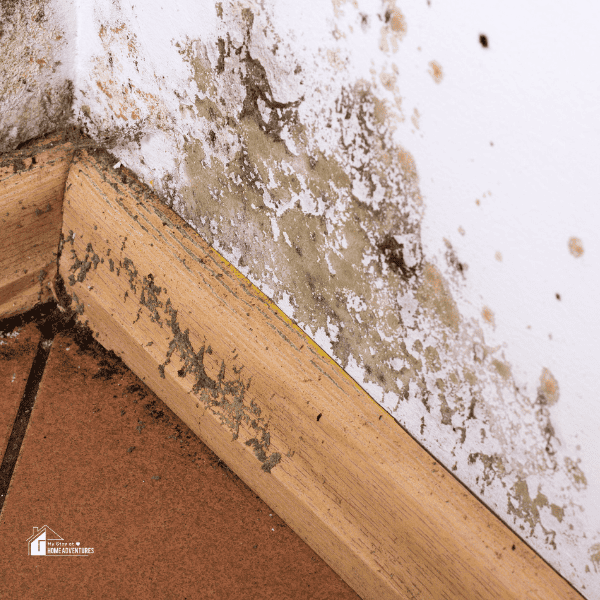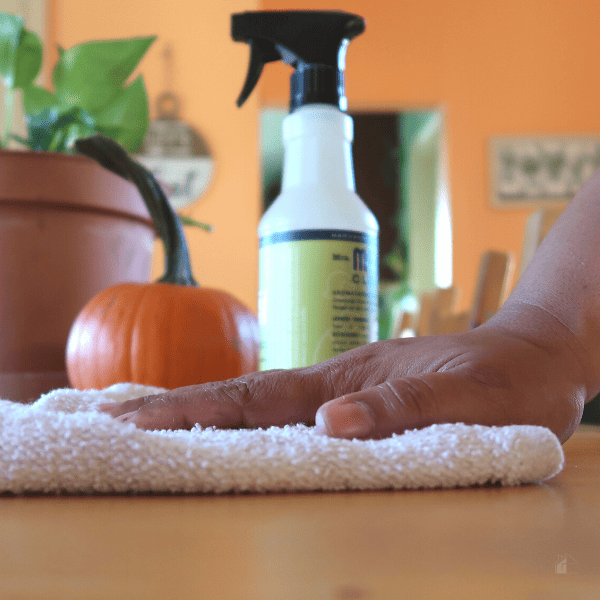5 Overlooked Areas To Deep Clean
This post may contain affiliate links which might earn us money. Please read my Disclosure and Privacy policies hereToday let's chat about five commonly overlooked areas to deep clean. On average, it takes two hours to do a “light cleaning” of the home and five hours to do a “deep clean,” including chores like cleaning large appliances or washing windows, according to one survey conducted by OnePoll for afresh appliance care.
While the time involved may be why 40% said they only deep clean twice a year or less often, those planning a deep clean in the near future should remember that there is plenty to do apart from washing the windows and mopping the floor.
From the value of a deep clean to the many places in the home that can go easily overlooked, here are just a few nooks and crannies worth adding to your cleaning checklist.
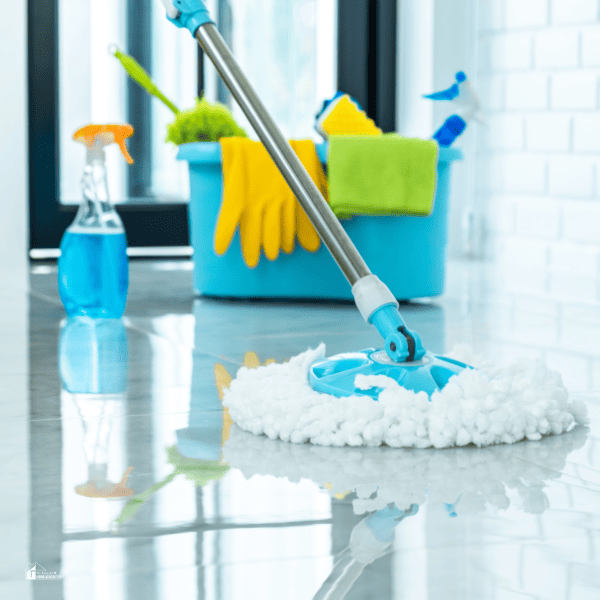
5 Overlooked Areas to Deep Clean
Commonly touched surfaces and bacteria
When aiming to tackle places that are often overlooked during deep clean, high-contact points within your home — including door knobs, handles, switches, etc. certainly deserve a spot on the list, even in a post-pandemic world.
One Healthline post points out that while many people would assume that the bathroom doorknob would be the dirtiest, the NSF found plenty of other spots that ranked higher with bacteria, including bathroom light switches, refrigerator handles, stove knobs, and microwave handles.
“You can clean these spots once a week with disinfecting wipes,” notes Healthline. And, when aiming to ensure that you’re not missing any, making a list beforehand is a great way to ensure that no stone goes unturned while cleaning.
The bathroom
While many may devote extra effort to ensuring that the bathroom gets the attention it deserves while cleaning, plenty of places go overlooked. The Spruce highlights several, including the shower curtain and those pesky grout lines.
Regarding the shower curtain, for example, both the curtain itself and the liners have the potential to build up soap scum and mildew over time, thus resulting in a musty odor. The Spruce notes that scrubbing the grout lines — while a time-intensive task — should also be done.
“Rather than waiting for soap scum, mildew, and dirt to build up to an unmanageable point, make a point of giving your grout lines a quick scrub during every clean,” notes the article. In addition to the grout and shower curtain, plenty of other nooks and crannies in the bathroom will likely need your attention, too.
Toothbrush holders, soap dishes, the shelves in your shower, and even behind the toilet are all places that can accumulate grime over time.
The living room
According to Jill Cotch of Jill Comes Clean, you’re likely not cleaning your couch enough — even if you vacuum your sofa and plump your decorative pillows. “We likely use the couch the most out of any area in the living room,” she says, highlighting just how dirty the furniture can get.
When understanding how often and how one should go about cleaning the staple of the living room, Koch notes, “I try to vacuum under the cushions weekly if I have time or every other week,” going on to say, “Any throw pillow covers, try washing biweekly or monthly at the least.
If the pillows don't have covers, it’s understandable not to clean them as often, as it might be more of a process. At the very least, vacuum them when you clean the room.” As for the throw blankets? Koch recommends tossing them in the wash once a week or biweekly.
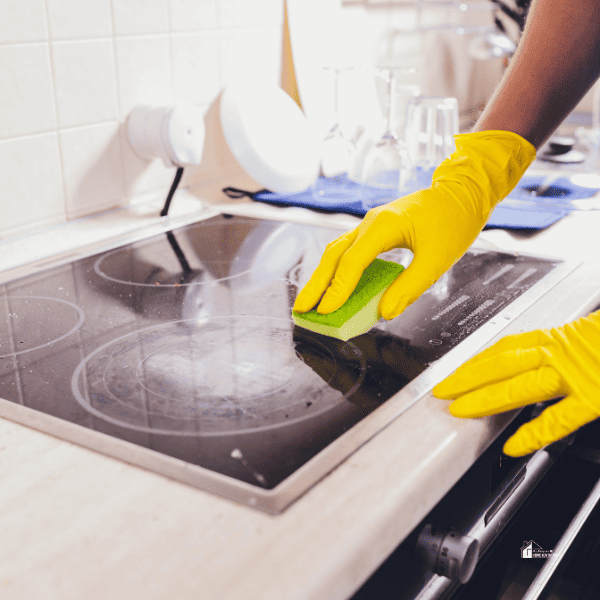
Appliances
While built-up food grime can be an easy reminder to clean the microwave, other appliances can easily be overlooked. In fact, the Affresh appliance care survey highlighted the fact that although respondents had perfected cleaning the shower (86%) and oven (64%) often, there are other parts of their home that they miss out on — like under the stove (32%).
While checking your appliance’s manual is a great place to start regarding proper cleaning techniques, one U.S. News post notes that the dishwasher can be run on a self-cleaning cycle with a bit of white vinegar and baking soda.
“The interiors of your oven, fridge, and microwave are also best cleaned with baking soda or vinegar solutions, avoiding toxic chemicals that could mix with your food.” However, the appliances in the kitchen aren’t the only ones that need to be cleaned.
Cleaning an appliance like the washing machine might sound redundant (since it’s what cleans your clothing), though it absolutely needs to be done. This is largely due to the fact that dirt and grime can build up inside the washer over time, and soap residue can also accumulate, too.
Cleaning your washer regularly (ideally once a week or bi-weekly) is a great way to combat this, and finding the right washing machine cleaner doesn’t have to be difficult. While there are plenty out there to choose from, taking the time to read comprehensive reviews of different cleaners can be a great place to start.
Not only is this a great way to gain insight regarding the pros and cons of the popular options, but it can also help narrow down which are best for you based on what they offer. For example, while some offer benefits regarding aspects like being free of fragrances or having eco-friendly formulas, others may not be ideal for scent-sensitive users.
Pet-friendly homes
Mopping the floors and cleaning the countertops can seem like common sense when deep cleaning your home, though it’s just as important to pay attention to frequently used accessories as well — especially if you have pets in the home.
This includes things like your furry friend’s food and water bowls, which The Spruce notes “should be washed daily in the dishwasher or by hand with hot soapy water, rinsed well and air dried to prevent harmful bacteria growth.”
The Spruce also goes on to advise cleaning pet toys as well, as they can harbor “coliform bacteria, yeast, and mold,” noting that hard toys should be cleaned with hot soapy water on a weekly basis. In contrast, soft toys can be hand or machine washed with hot water and disinfectant.

If you have a cat, doing a deep clean of the litter box should also be done regularly — and for more reasons than simply keeping your home fresh and clean. In fact, maintaining a clean litter box is particularly important for your cat’s health.
“Keeping a litter box clean goes a long way towards preventing common health issues, such as urinary tract infections, ammonia-related respiratory irritation, and spreading salmonella around your home,” explains one Time.com article. Dr. Kelly Fishman, a DVM practicing in San Francisco, further stresses the importance of the matter, stating:
“If your cat holds it in, they can be at risk for medical conditions like Feline Idiopathic Cystitis (FIC), and urinary blockage can result in pain for the animal and veterinary visits and medication.” Dr. Fishman further notes that these conditions may arise in cats with clean boxes, though keeping things clean “lowers that risk factor.”
Thankfully, deep cleaning the box is nothing complicated — simply empty it out, let it soak with some hot water, and use unscented dish soap to scrub it clean. Using a disposable face mask and gloves throughout the process is also recommended, as feline waste is “acidic, may carry parasites and illnesses, and, yes, smells awful,” notes the Time post.
Deep cleaning your home is often a time-intensive task that many don’t look forward to. However, by considering all of the commonly overlooked nooks and crannies, you can ensure that your next deep clean is as effective as possible, thus allowing you to enjoy the results of a fresh home.


